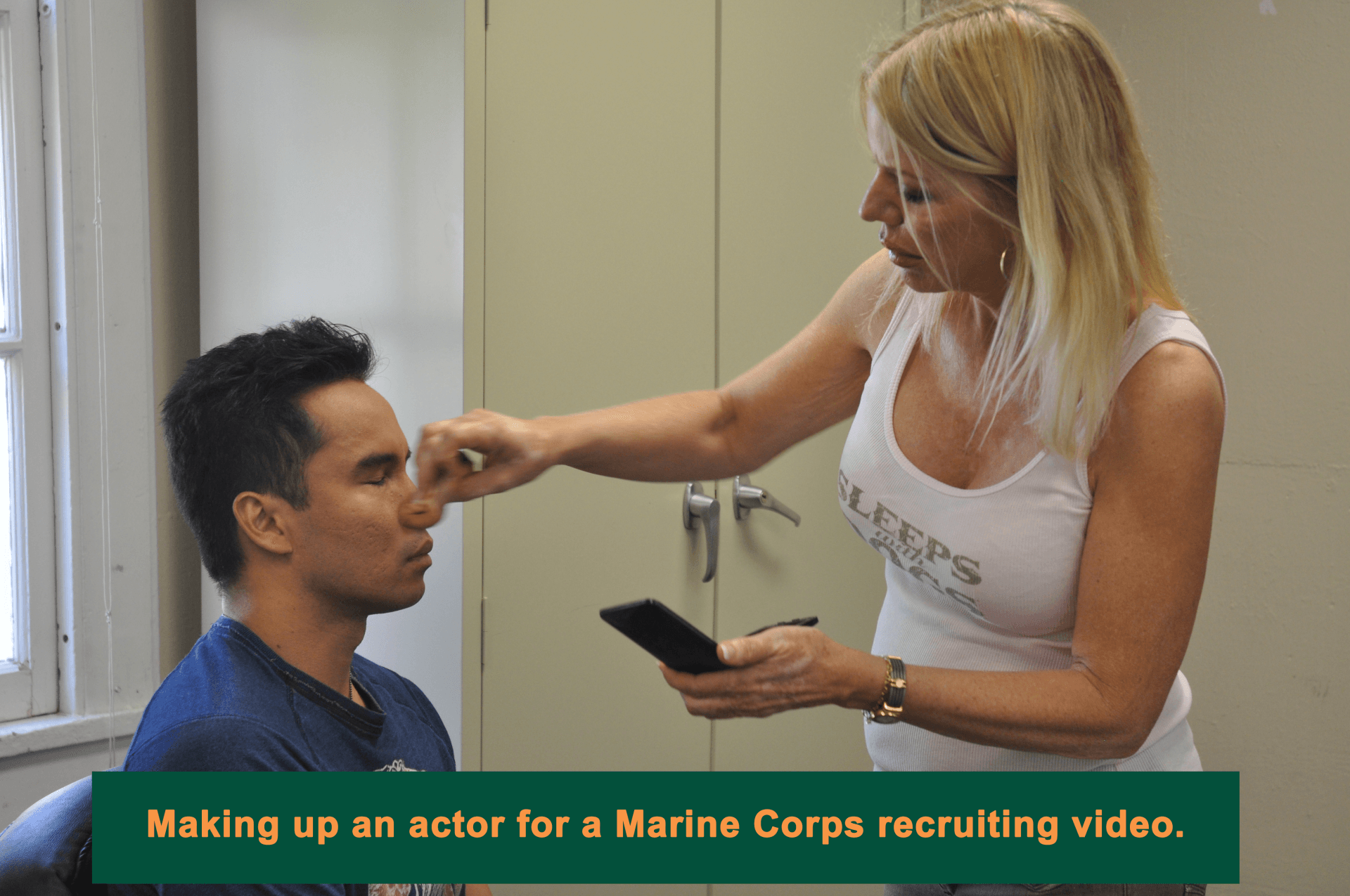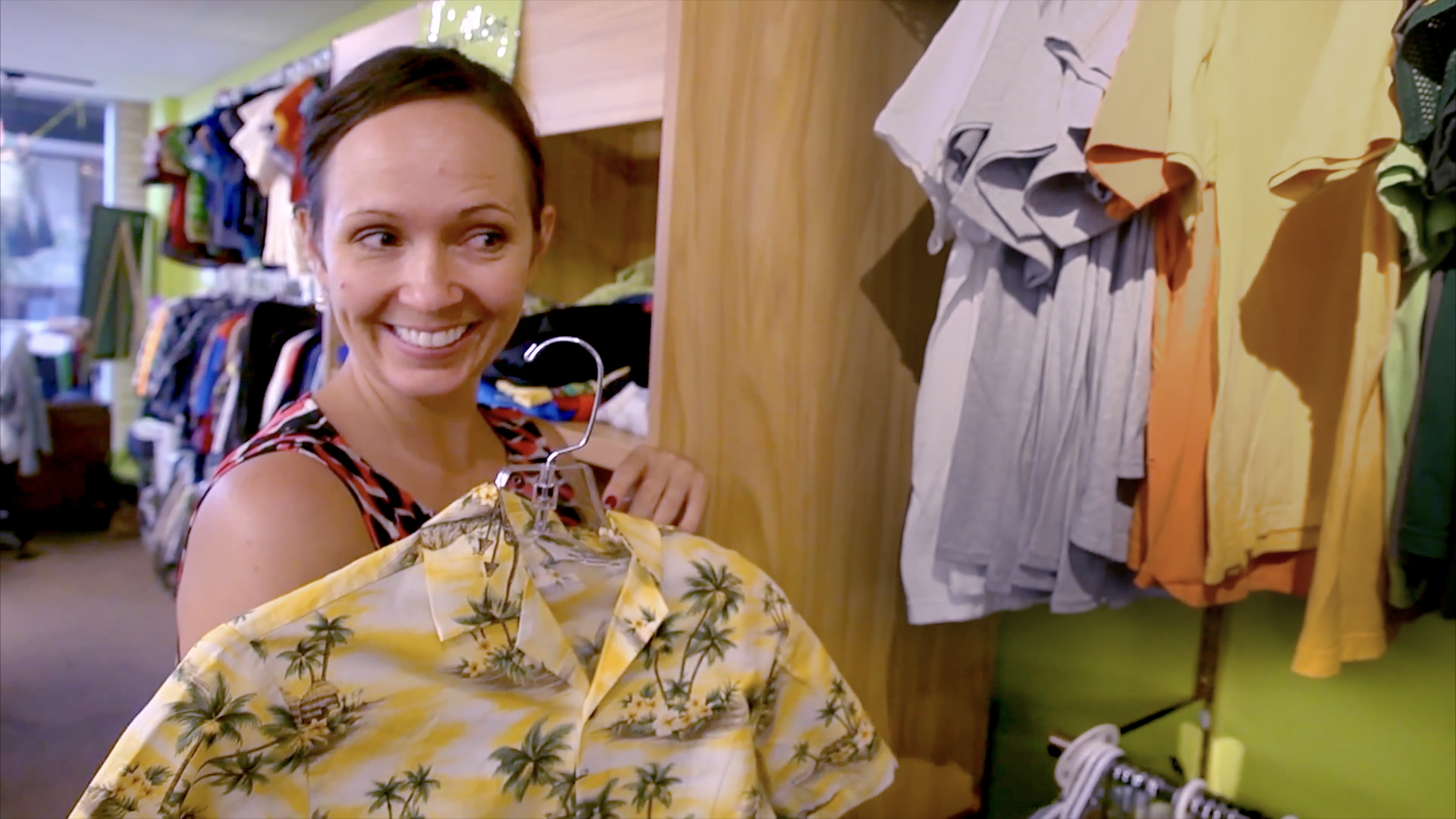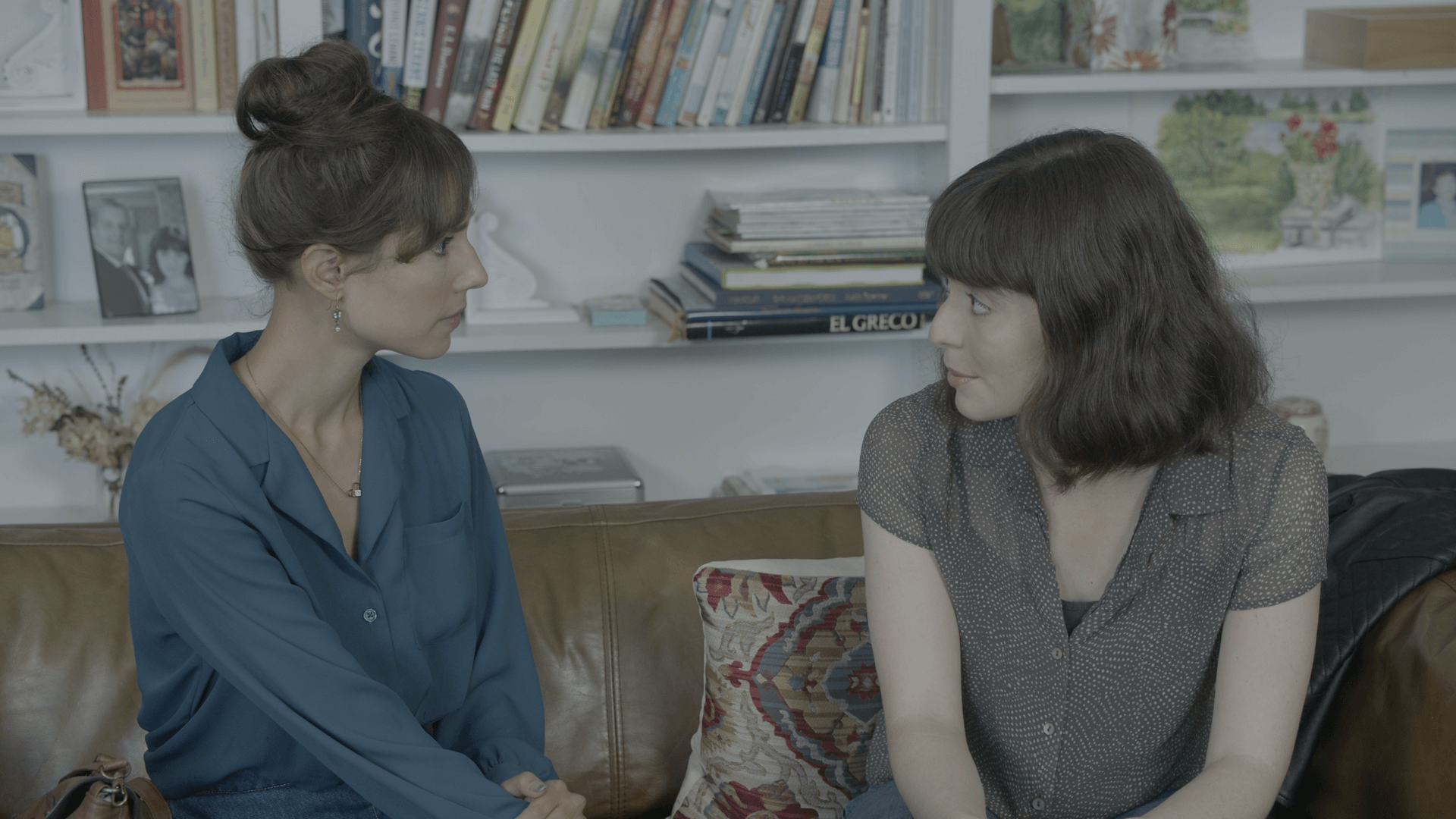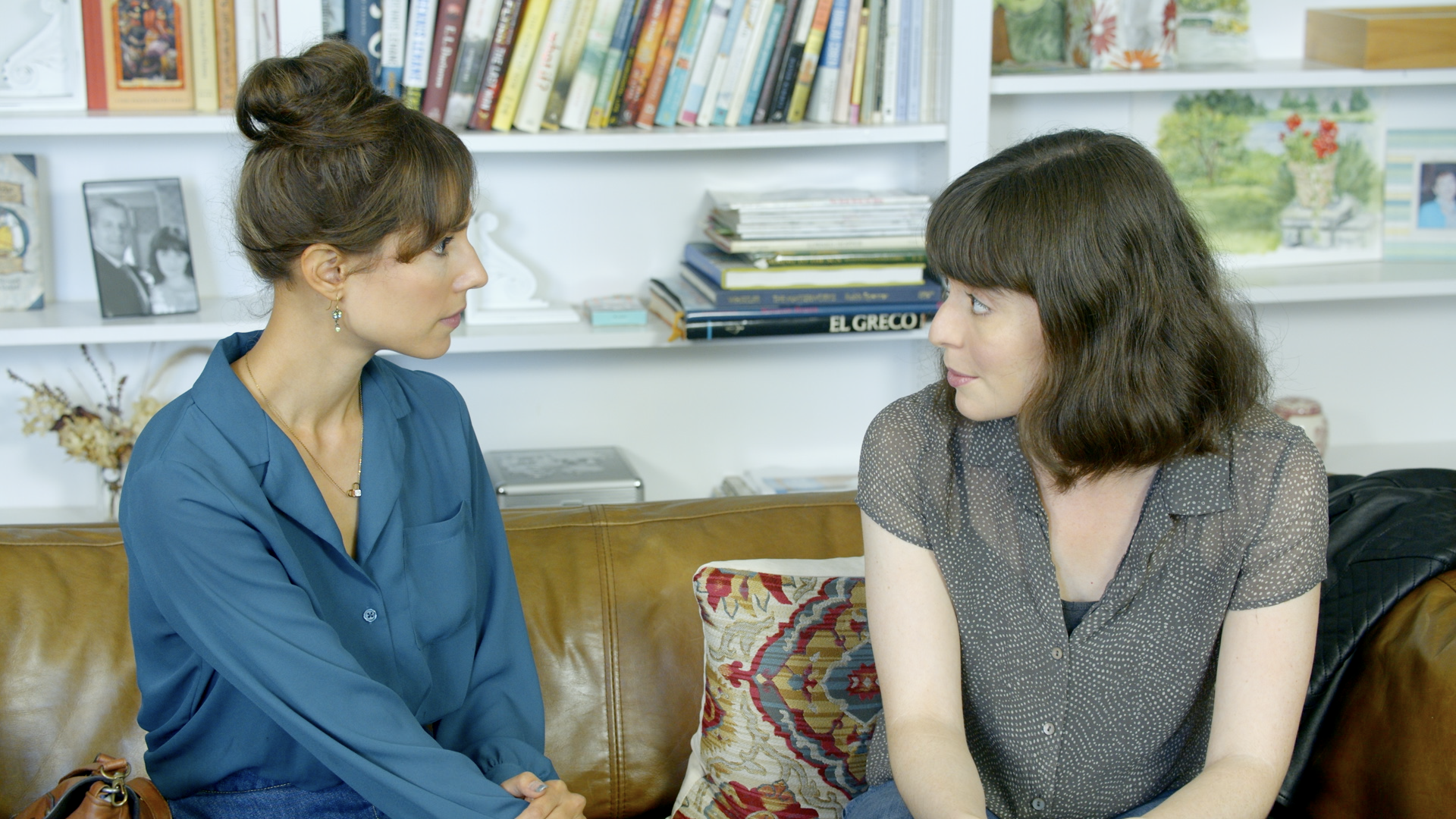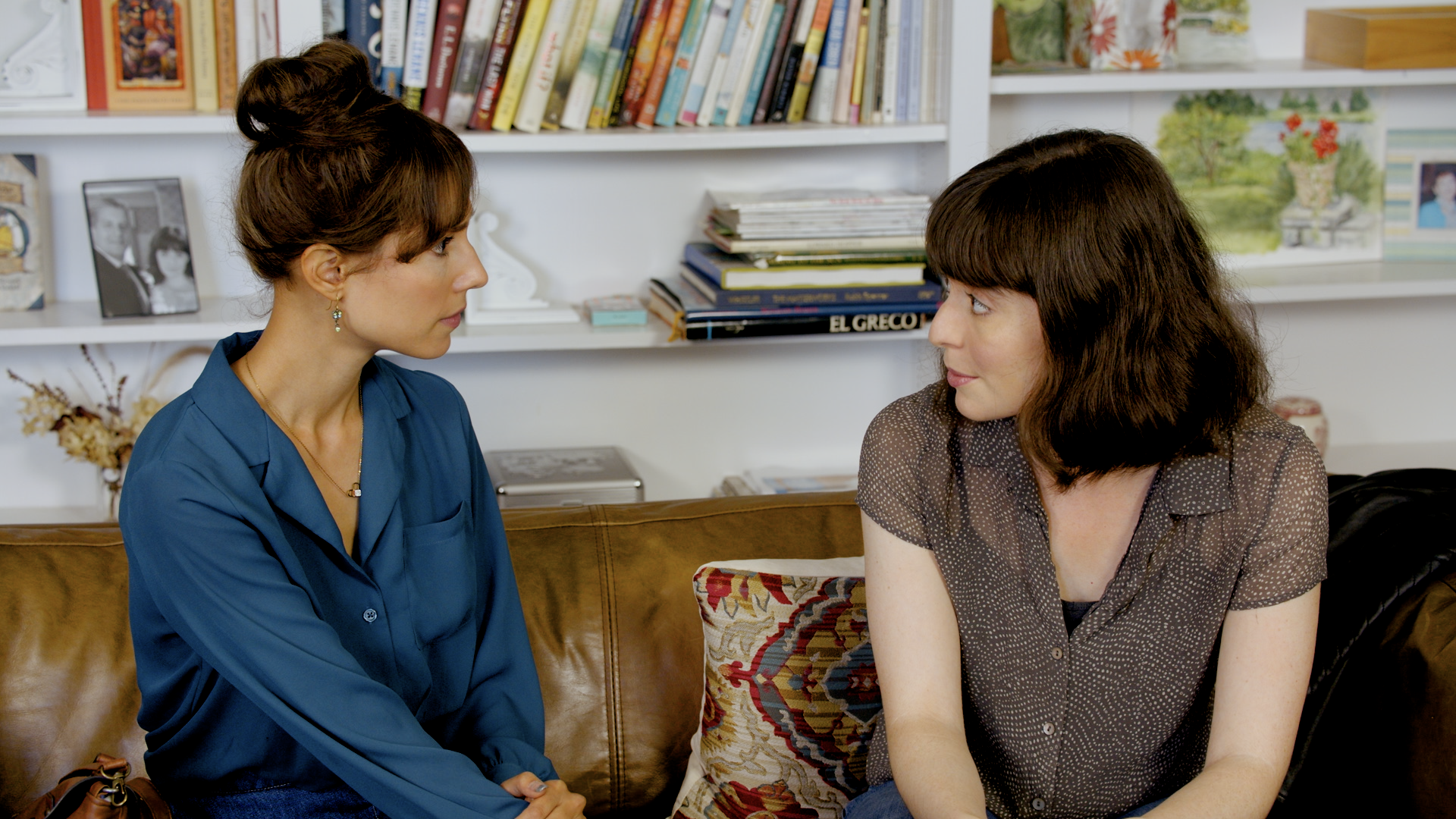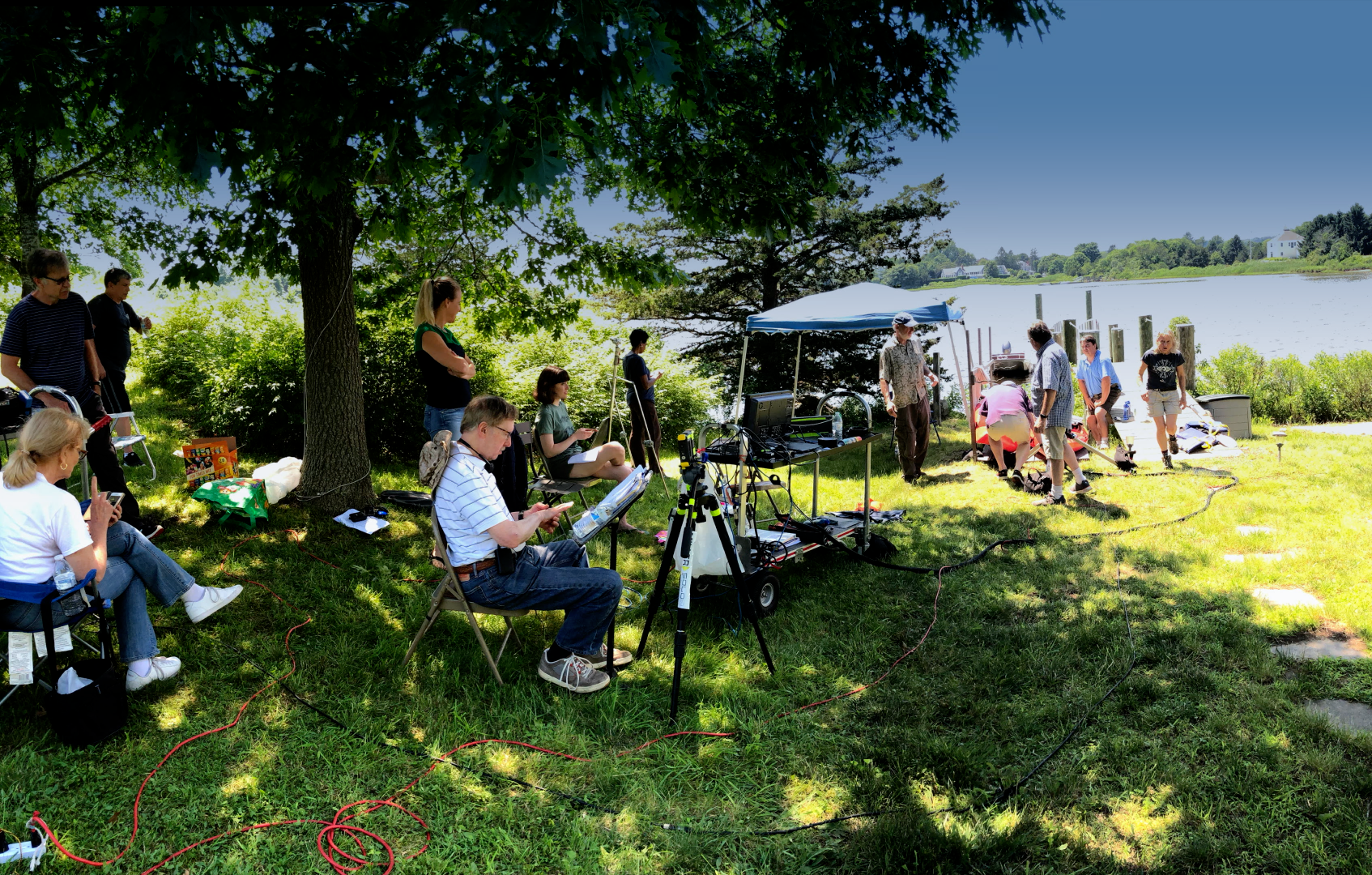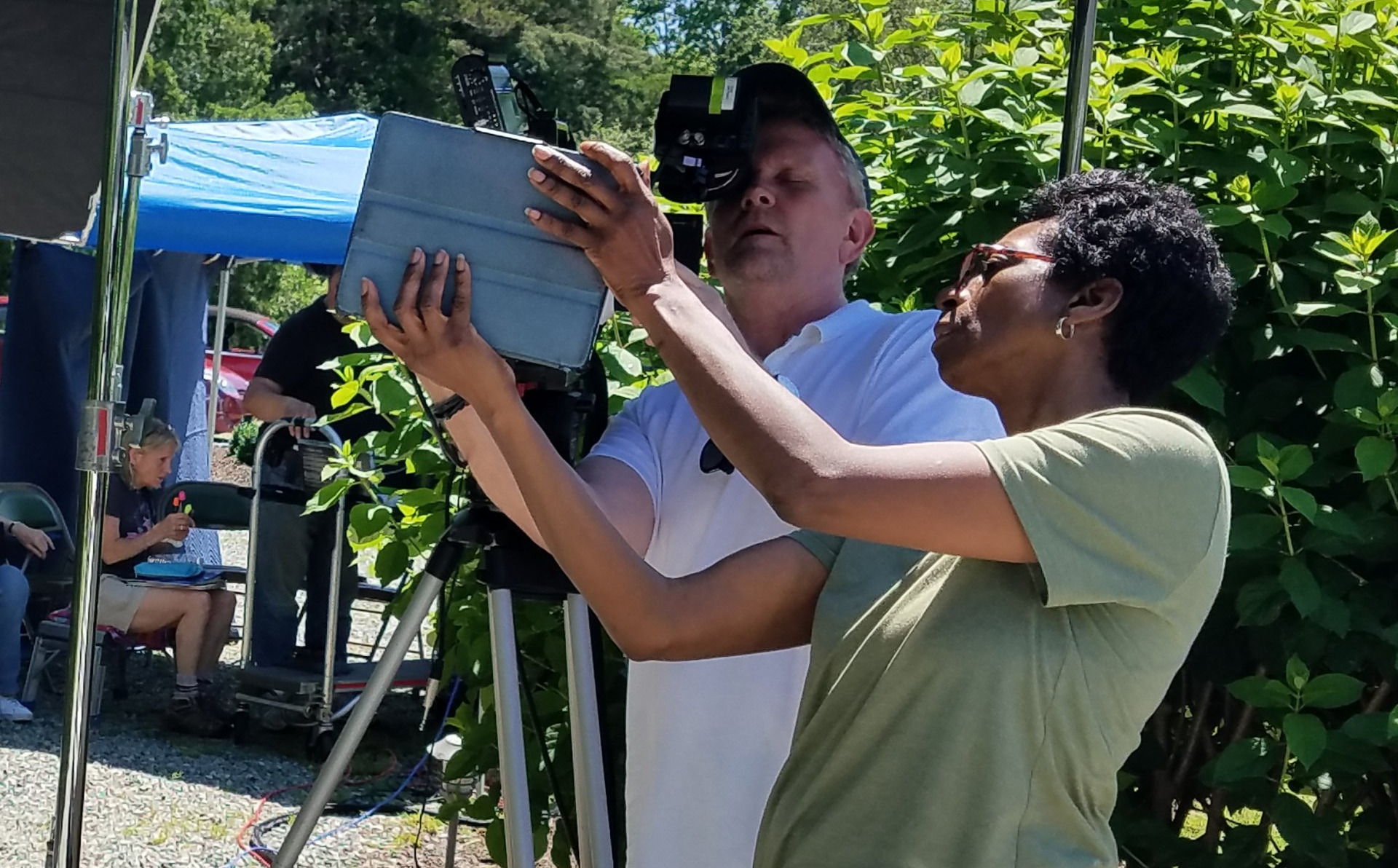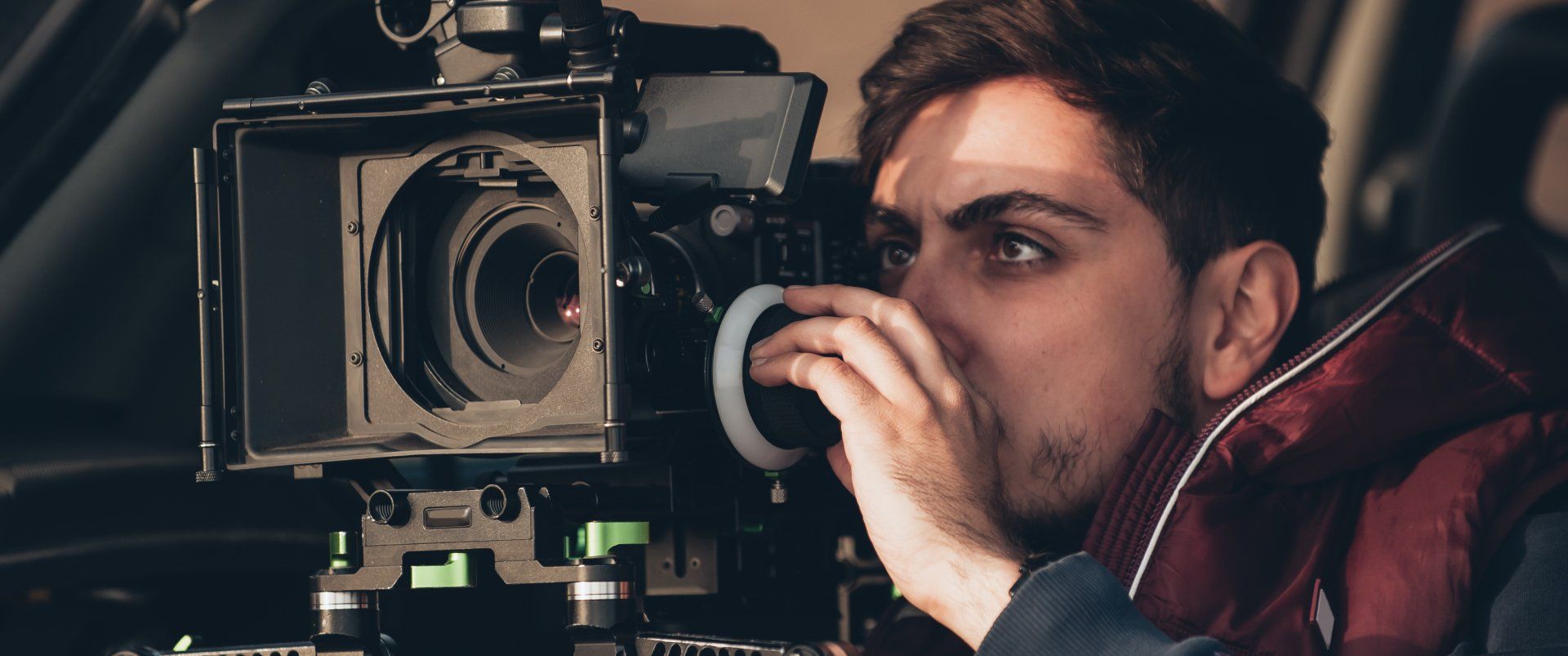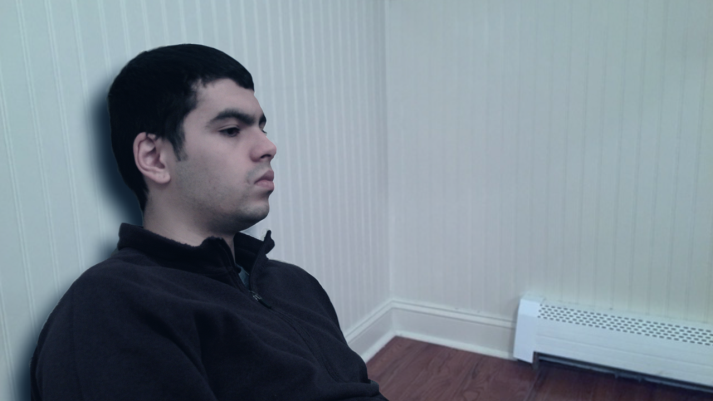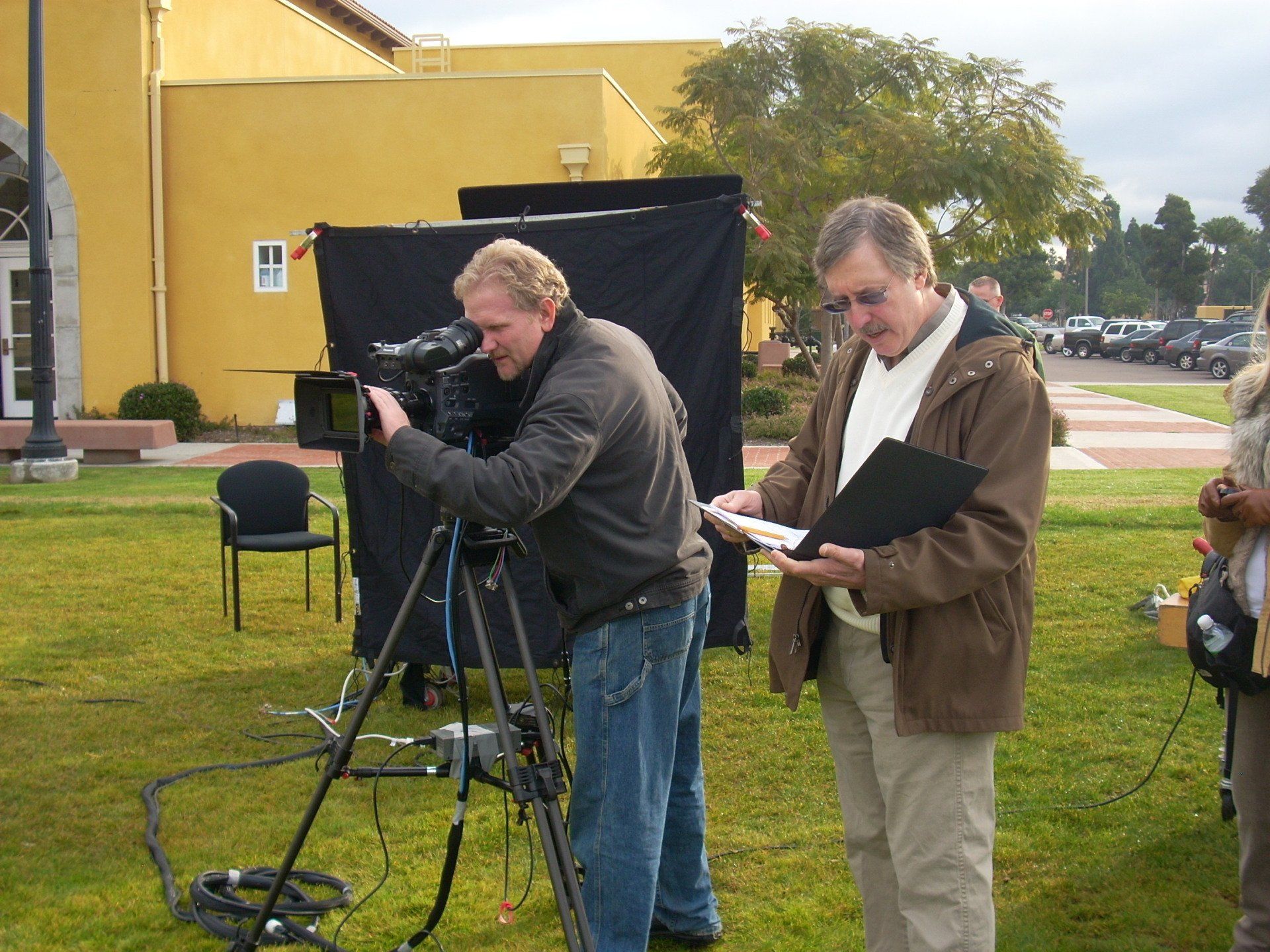June 19, 2025
How to Find the Right Creative Partner for Your Brand, Event, or Organization Investing in professional video is one of the smartest moves your business, nonprofit, or brand can make. But with dozens of video production companies in the New York/Connecticut area, how do you choose the one that’s right for you? Whether you need a brand video, training series, livestreamed event, or podcast, finding the right production partner means asking the right questions. At WeProduce / P&P Studios, we believe in clarity and collaboration—and we encourage every client to do their homework before hiring. Here are the 10 essential questions to ask before selecting a video production company for your next project. 1. What Types of Videos Do You Specialize In? Not all video companies are the same. Some specialize in cinematic storytelling for nonprofits. Others focus on commercials, corporate training, social media content, or live events. Before you sign a contract, make sure their specialties align with your needs. 💡 At WeProduce, we specialize in corporate, nonprofit, event, testimonial, and training videos—as well as podcasts and livestreams across Fairfield County, Westchester, and NYC. 2. Can I See Examples of Past Work? A strong portfolio speaks volumes. You’ll want to see examples that are relevant to your industry or desired style. Look for creativity, technical quality, clear messaging, and versatility. Pro Tip: Ask to see full videos—not just highlight reels. This gives you a better sense of pacing, storytelling, and execution. 3. What Is Your Production Process Like? From scripting and storyboarding to filming and editing, every video project involves multiple steps. A transparent, organized process helps avoid delays, miscommunication, or scope creep. Ask: Who handles pre-production planning? How many revisions are included? How do you manage timelines? At P&P Studios, we guide you through every phase—from strategy and scriptwriting to final delivery—ensuring clarity at each step. 4. Do You Handle Scriptwriting and Concept Development? If you’re coming in with only an idea—or no idea at all—you’ll need creative guidance. A good production company can help shape your message, write your script, and make recommendations for visuals, voiceover, and tone. We offer full concept development services, including scripting, storyboarding, casting, and branding support for every video. 5. What Is Included in Your Pricing? Not all quotes are created equal. Make sure you understand what’s included: Is filming onsite or in-studio? How many crew members? Travel costs? Equipment fees? Post-production? Revisions? Transparent pricing protects your budget and your expectations. Our pricing at WeProduce is upfront, flexible, and based on clear deliverables—no surprises. 6. What Gear and Technology Do You Use? The right tools don’t just mean higher quality—they also mean flexibility and reliability on set. Ask about: Camera specs (e.g., 4K, multi-cam setups) Audio recording equipment Lighting kits Editing and post-production software We use cinema-grade 4K cameras, high-end microphones, and professional lighting rigs—perfect for live events, corporate shoots, and brand storytelling. 7. How Do You Handle Audio? Audio is one of the most overlooked elements of video production—and one of the most important. Ask how the company captures, edits, and mixes audio for voiceovers, interviews, or ambient sound We have full audio production capabilities, including in-house podcast recording, voiceover booths, and expert sound engineers. 8. Do You Offer Livestreaming or Event Capture? For product launches, fundraisers, and hybrid events, livestreaming is essential. Ask if the production company offers: Multi-camera event coverage Audio mixing Real-time streaming setup Post-event highlight videos We regularly livestreams events in Stamford, White Plains, and NYC—with all the gear and expertise needed for a smooth broadcast. 9. What’s Your Experience Working With [My Industry]? It’s helpful if your production partner understands your industry’s goals, audience, and compliance needs (especially in fields like healthcare, education, and finance). From nonprofits and universities to small businesses and global corporations, we’ve served a wide range of clients across sectors. 10. Can You Help Repurpose My Video for Social or Web? Getting the most out of your investment means repurposing your footage. Ask about: Social cutdowns (15- and 30-second versions) Captions for social media Thumbnail graphics Optimized formats for YouTube, Instagram, LinkedIn, and internal platforms We offer full asset packaging—so your content performs across every platform. Final Thoughts: Choose a Video Partner, Not Just a Vendor Hiring a video production company isn’t just a transaction—it’s a collaboration. The right partner will take the time to understand your goals, shape your message, and deliver professional content that aligns with your brand. We believe your story matters. And we bring over five decades of experience helping organizations tell their stories through powerful video and sound. Ready to Start Your Next Project? Whether you're in Stamford, White Plains, Greenwich, or anywhere in the NY/CT area, we're here to help you create video content that connects and converts. Call us: (203) 359‑9292 Email: info@weproduce.com
